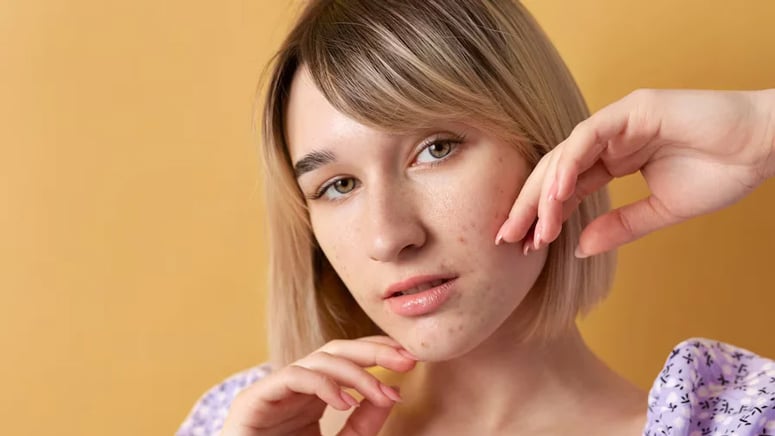Rosacea is an inflammatory condition, which is quite common and causes redness on your face, eyes, or other parts of your body. There are different types of the condition, with them having a common symptom of pimples and swelling on your skin.
The primary symptoms of rosacea are irritated skin, facial flushing, and pimples. Other symptoms include eye problems and blushing easily.
Rosacea affects about 1–20% of the population. However, the wrong diagnosis is frequently given to people when they have rosacea, so the exact frequency of the condition is a lot higher.
Rosacea is a condition that currently has no exact cure, but people can manage the symptoms using medications and creams.
Certain foods have been linked to worsening the symptoms. Examples of such foods include caffeine, spicy foods, dairy products, and alcohol. Another factor that can worsen symptoms is exposure to sun.
The condition is more common in females who are above the age of 30. This article gives an overview of rosacea, including its symptoms, causes, treatments, home remedies, and possible complications.
Types of Rosacea

There are four different types of rosacea:
- Erythematotelangiectatic: In this type, rosacea is persistent and causes facial redness with enlarged and visible blood vessels (vascular). This type flares where symptoms come and go unexpectedly.
- Phymatous: This type is recognized by the swelling and thickening of the skin. Your sling gets bumpy and it most likely affects your nose. The symptoms can cause your nose to be bulbous (rhinophyma).
- Papulopustular: You have this type of rosacea when pus or fluid-filled pimples form on your skin. You may also experience symptoms similar to acne, like your skin swelling.
- Ocular: You may have ocular rosacea if it affects your eyes, so that you feel irritated and bloodshot or watery. Your eyes are sensitive to light and painful bumps can form on your eyelids (styes).













